24+ SAMPLE Restaurant Lease Proposal
-
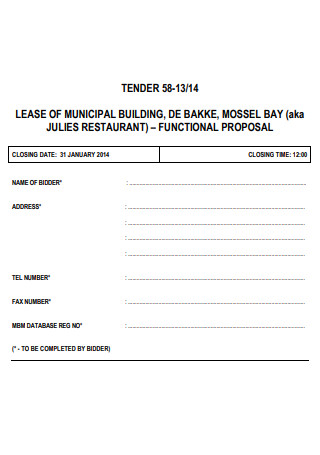
Restaurant Lease Functional Proposal
download now -
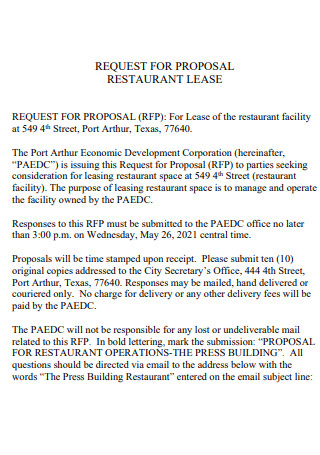
Restaurant Lease Request Proposal
download now -
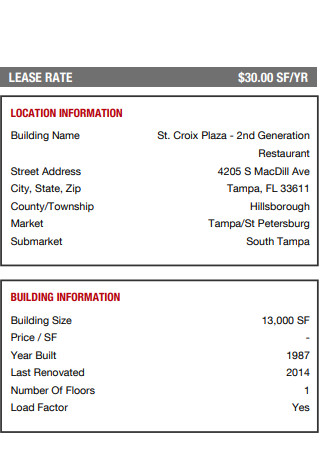
Restaurant Lease Proposal
download now -

Cafe Restaurant Lease Proposal
download now -
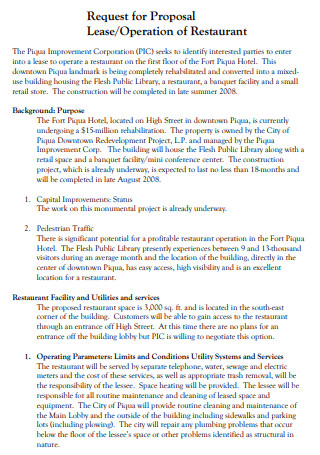
Restaurant Lease Operation Proposal
download now -
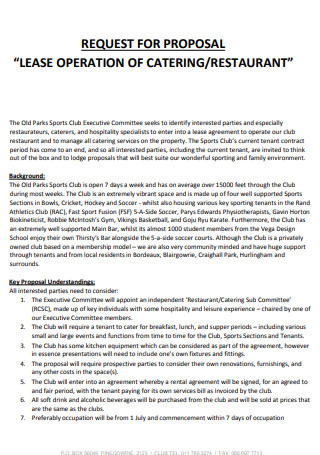
Catering Restaurant Lease Proposal
download now -
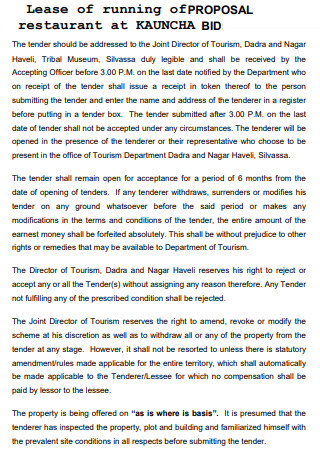
Restaurant Lease Bid Proposal
download now -
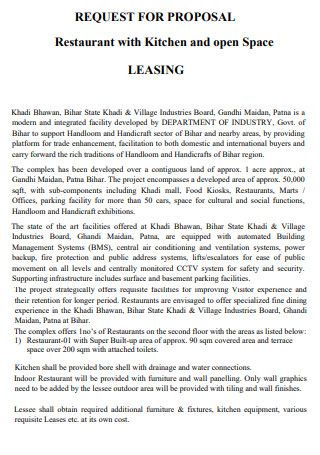
Restaurant with Kitchen Lease Proposal
download now -
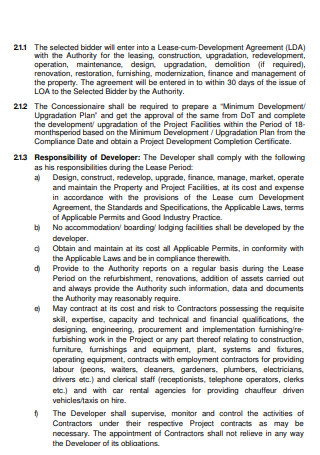
Wooden Restaurant Lease Proposal
download now -
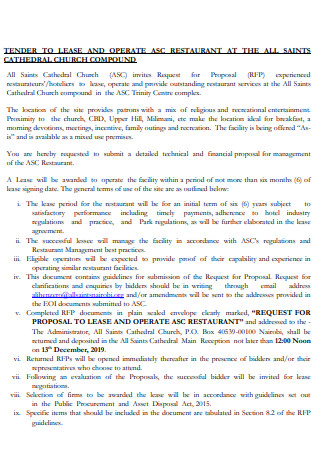
Saints Restaurant Lease Proposal
download now -
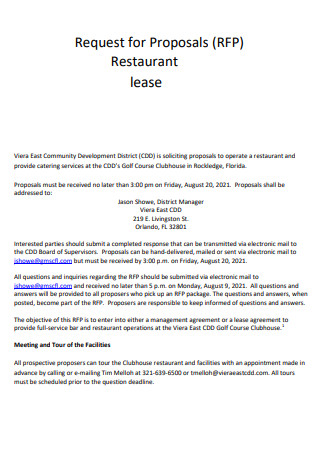
Sample Restaurant Lease Proposal
download now -
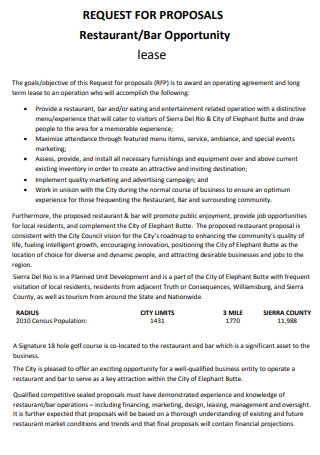
Restaurant Bar Lease Proposal
download now -
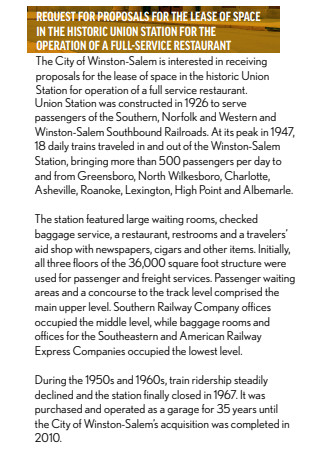
Full Service Restaurant Lease Proposal
download now -
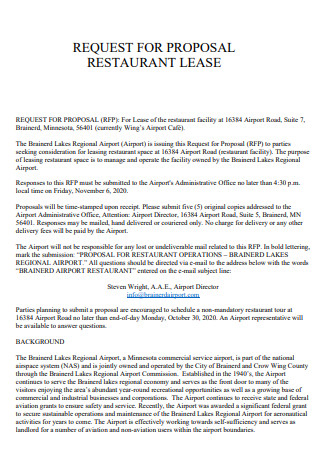
Simple Restaurant Lease Proposal
download now -
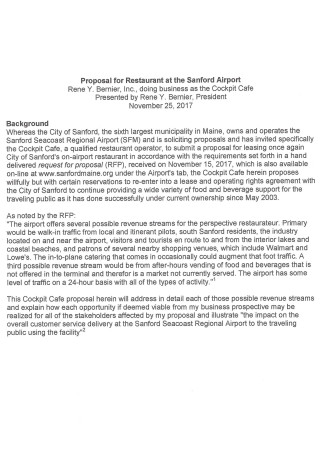
Restaurant Lease Proposal at Airport
download now -
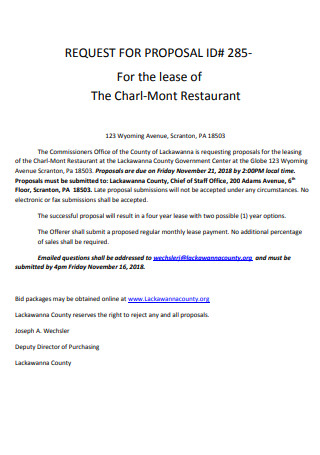
Basic Restaurant Lease Proposal
download now -

Restaurant And Food Lease Proposal
download now -
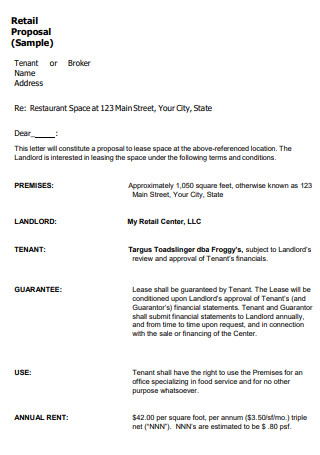
Restaurant Lease Proposal Letter
download now -
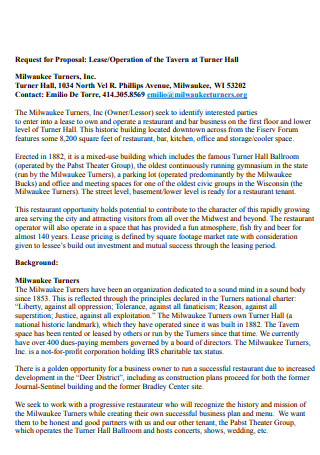
Restaurant Lease Proposal Example
download now -
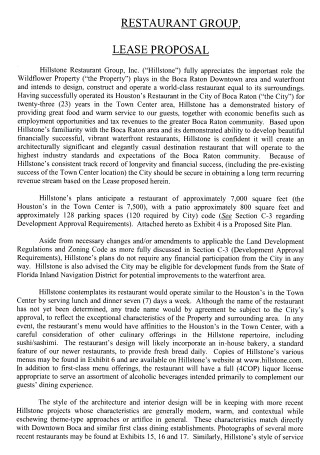
Restaurant Group Lease Proposal
download now -
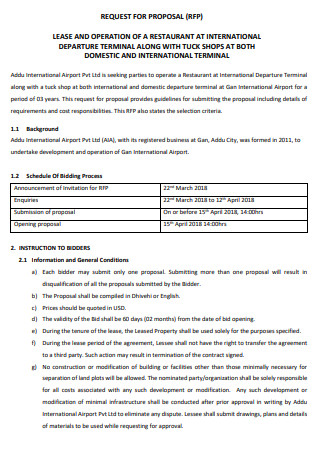
Domestic Restaurant Lease Proposal
download now -
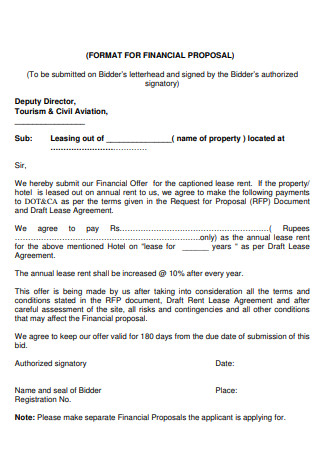
Tourist Restaurant Lease Proposal
download now -

Restaurant Concession Lease Proposal
download now -

Restaurant Bar Lease Operation Proposal
download now -
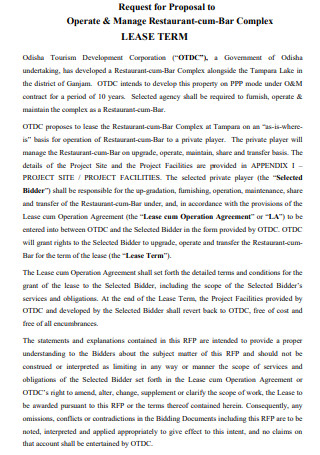
Restaurant Lease Term Proposal
download now
FREE Restaurant Lease Proposal s to Download
24+ SAMPLE Restaurant Lease Proposal
What Is a Restaurant Lease Proposal?
Keys to Negotiating a Restaurant Lease
Advantages of Leasing Restaurant Equipment
How to Write a Restaurant Lease Proposal
FAQs
How do you go about negotiating a restaurant lease?
What are common lease negotiations?
What are some of the most frequent clauses of a restaurant lease?
What Is a Restaurant Lease Proposal?
A restaurant lease proposal sets forth the proposed terms for the leasing of the mentioned premises or restaurant property. It usually includes a disclaimer to reduce the possibility of it being construed as a legally binding contract that can be enforced against the lessor. The tenant’s success benefits both the renter and the landlord in terms of liability protection. Both parties must agree on the terms of a restaurant lease before it can be signed. If you have tried to prepare a restaurant business proposal, you will find similar qualities in setting up a lease proposal. If you are confused, then proceed to view the restaurant lease proposal sample.
Keys to Negotiating a Restaurant Lease
Leasing your restaurant allows you to get started without having to buy a property. Restaurant leases are usually five to ten years long and contain a number of industry-specific stipulations. Restaurant leases that are too onerous are a typical cause of restaurant closures, therefore it’s critical to negotiate the best terms possible when renting a restaurant location. A restaurant lease is a legally binding contract that lasts for a long time. An attorney will be required to review letters of intent and write lease conditions. Keep in mind these factors so you won’t have to spend a fortune.
Advantages of Leasing Restaurant Equipment
Commercial restaurant equipment leasing has advantages for some business owners. To be a smart restaurant owner, you must also be knowledgeable about what means you can utilize to save money and effort in successfully running your restaurant. Since you will be preoccupied with other more important matters to attend to, then you need to minimize the challenges you may encounter. Check them out to see if these are the perfect tips for you.
How to Write a Restaurant Lease Proposal
After reading the two curated lists we have added to this article, you are more knowledgeable about the benefits and drawbacks of applying for a lease agreement concerning restaurant equipment, which goes without saying is very important when you open a restaurant. With that being said, it is time to move on to the guide when writing a restaurant lease proposal. If you are pressed for time, then view the restaurant lease agreement format readily provided for you in this article.
Step 1: Lay Down the Purpose
Explain to the landlord the reason for your proposal and your interest in the restaurant property and assume over the associated lease. Reiterate the restaurant’s location and physical address. Describe your mission in detail. Describe your goals for taking over the lease and what you plan to do with the restaurant property. Make sure that you can thoroughly elaborate so that the landlord will be able to understand the intentions of the restaurant lease proposal and help them be persuaded to accept it.
Step 2: Talk About Your Business
Describe your present business and yourself. Landlords are generally unwilling to allow restaurant lease takeovers if the new owners lack restaurant management or culinary arts skills. If you lack this experience, the landlord may still allow you to take over the lease, but only if you meet specific requirements, such as paying several months’ rent in advance or maintaining the original leaseholder on the lease. Persuade the landlord that you have what it takes to make good use of the space and keep up with your payments. At least one business, financial, and personal reference, as well as their contact information, should be included.
Step 3: Financial Plans
Demonstrate how you intend to make the lease payments. If feasible, include a thorough cash flow schedule. Explain your existing business credit situation and whether you intend to bind yourself personally to the lease. When evaluating alternative facilities to lease, it’s critical to set a realistic budget to work with. You won’t be able to make decisions or negotiate if you don’t have a clear understanding of the prices. You’ll know how to conduct a market analysis, which is conducting extensive research into the market to calculate how much income you could generate.
Step 4: Define Restaurant Property In Detail
As previously mentioned, you must be able to define the needs of your restaurant property. Include information on square footage, appliances, and other facilities, as well as storage, construction date, air – conditioning and vents, parking availability, principal building materials, and the number of levels. If you know the names of the primary architect and engineer, make a note of them since you may need to contact them for repairs or upgrades. Other included services, such as debris removal, should be discussed as well. There should be no uncertainty in the statement as to what your lease takeover proposal entails.
Step 5: Explain the Terms of the Restaurant Lease
Make a list of the existing lease terms, including the kind and length of the lease, renewal possibilities, and the current rent. Alternatively, as an appendix to the proposal, attach a copy of the lease and say that you have read and understood the terms and conditions of the lease you intend to take over. If you take over the lease, talk to your landlord about any modifications you want to make.
FAQs
How do you go about negotiating a restaurant lease?
Depending on where the restaurant space you wish to rent is located, you may have a lot of leeways when it comes to negotiating your lease and monthly rent payment. If a space has been vacant for a while, you may be able to negotiate the monthly rent or get the first few months free. Keep in mind that the landlord wants businesses to use the space. That is the only way they can make money from their structure. The presence of a business in the building will attract other enterprises and raise the property’s value.
What are common lease negotiations?
The common lease negotiations done are not paying rent at all until the restaurant opens for business, otherwise, there is also a pro-rating rent which details a very low rent for the first year of the lease. There should also be the inclusion of significant building repairs, and plumbing or heating. Clarify those as they may be a deduction on the regular rent. Once you and your landlord have agreed on what they will cover, make sure to have it in writing.
What are some of the most frequent clauses of a restaurant lease?
You don’t want to be trapped in a four-year lease that you can’t afford if your restaurant fails. If you default on your lease, the landlord has the legal authority to sue you for the remainder of the rent, or at the very least the money payable until new tenants take up residence. If the place you want to rent is only available on a long-term lease, consider if the risk is worth it. You could also look into the restaurant business proposal example as an additional reference.
Writing a restaurant lease proposal has a similar process to drafting a business proposal for a restaurant. Money is an important factor and you may need to also prepare a restaurant rent reduction request letter to save your budget. But regardless, you will need an impressive lease proposal and our available sample of the restaurant lease agreements will help you to achieve approvals.
